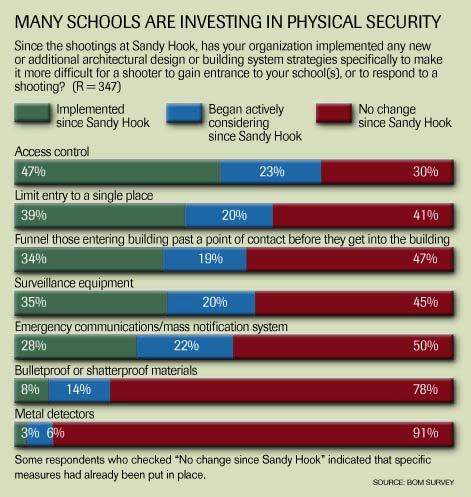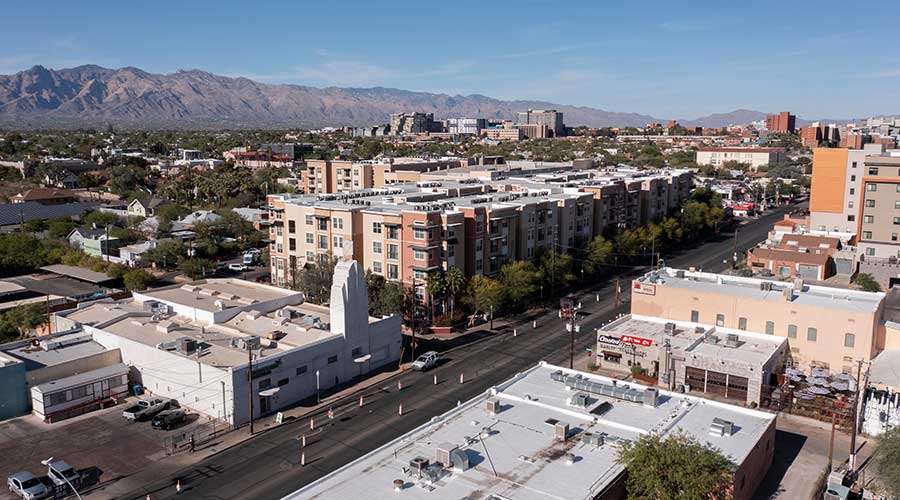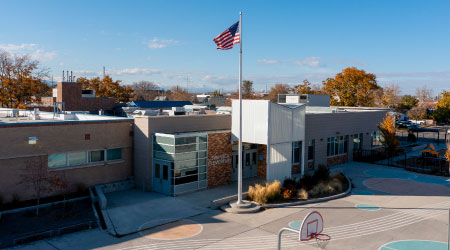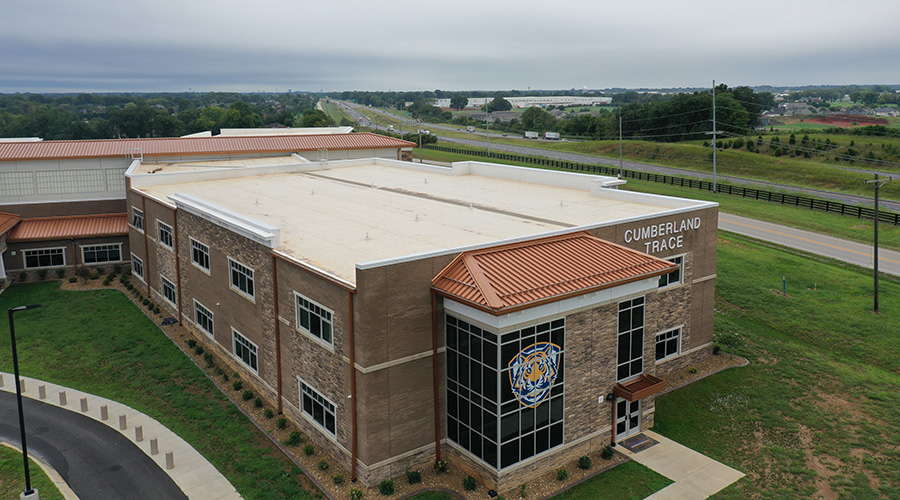School Districts Have Many Physical Security Options To Reduce Risk Of Mass Shootings
School districts have many physical security options to reduce risk of mass shootings.
On the security technology side, with so many available options that can make school security planning complicated, it's important for facility managers to really evaluate what can be done simply that will have a lot of impact, says Nigaglioni. For example, one security option at the point of entry is desk-mounted panic buttons in the front office which immediately dispatch police to the school.
Keeping intruders out of the school is paramount to security, but in reality the majority of school shooters have a right to be on the premises. Of the 71 shootings at educational facilities (both K-12 and higher ed) between 1966 and mid-2013, 71 percent of shooters were current students, staff, or faculty, according to a study by Seungmug Lee, assistant professor in the School of Law Enforcement and Justice Administration at Western Illinois University. An additional nine percent were formerly associated with the facility.
School In The 21st Century
Creating a "torturous path" for a shooter who has defeated the perimeter security measures should be next on facility manager's agendas, says Nigaglioni. A trend in new construction is to create smaller learning communities, or schools within schools. This strategy can help in active-shooter scenarios if the different areas are segregated with automated doors or gates, which can close upon a lockdown signal from the main office.
"Another 21st century school trend is to really open up the classrooms again, to have glass into the hallway and a more collaborative setting," Nigaglioni says. Rather than lose that, schools can have areas in the rooms where people can take cover. She has heard of school districts using classroom storage rooms doubling as shelters. Providing hiding spots in classrooms is especially important at the lower grade levels, where students are less able to make decisions quickly, she says.
Balancing the array of security strategies, the limits of the budget, and the expectations of the community can be challenging for facility managers. In a survey of Building Operating Management readers, 81 percent of respondents said that budget is an obstacle to implementing physical measures to make it harder for a shooter to gain entrance to schools.
Pulling together an advisory committee of stakeholders from all areas of the community is helpful in deciding what is enough for the facility, and Frye recommends working with local law enforcement to do the facility's security assessment, which will likely be a free service. Rieckman found the sheriff's security assessment was instrumental in convincing his school board and local taxpayers to move forward with the additional security measures.
Making sure to get the most for dollars spent is also crucial, says Gaarder. "You can spend a lot of money, so you really have to know what you need and what you're getting," he says.

Related Topics:













